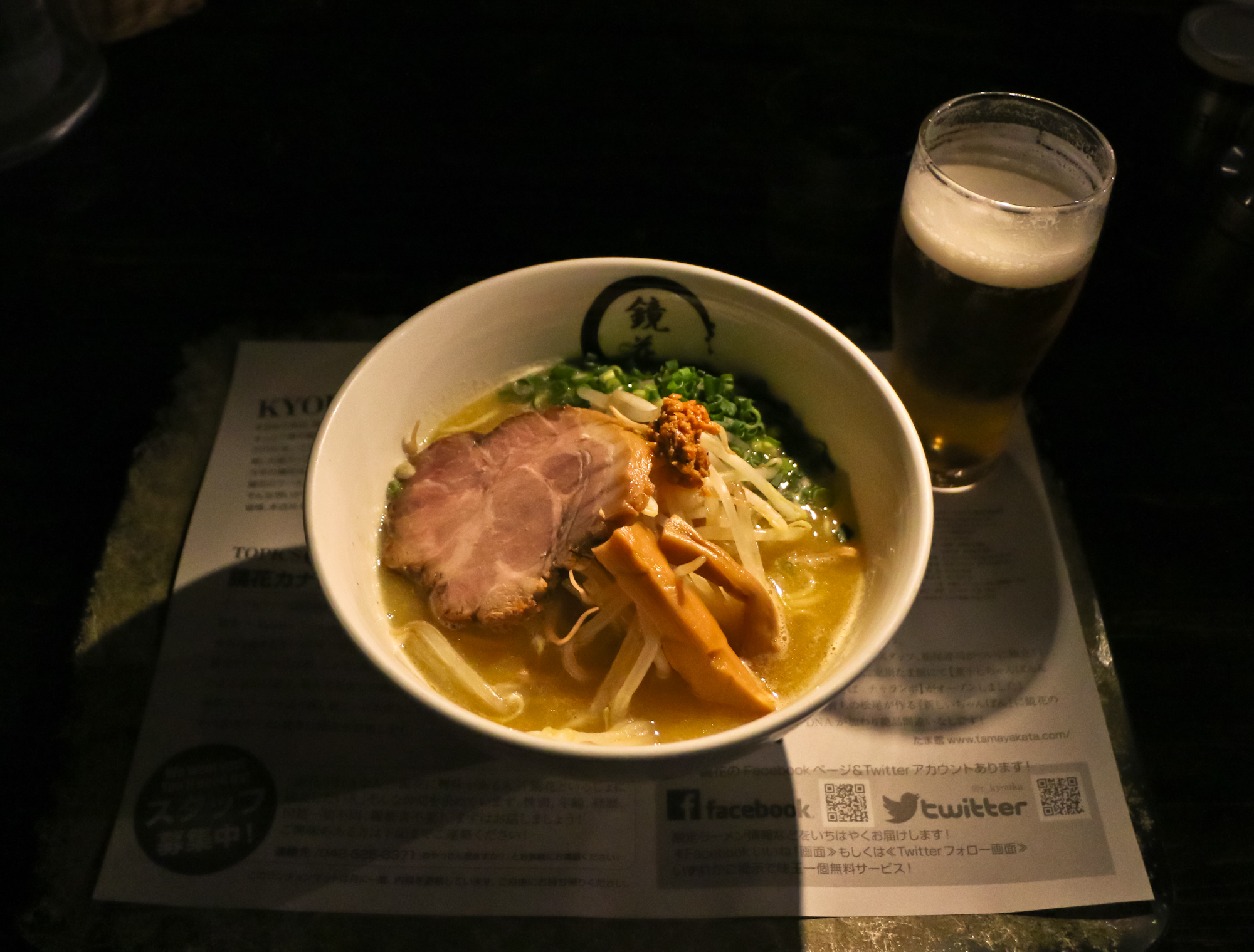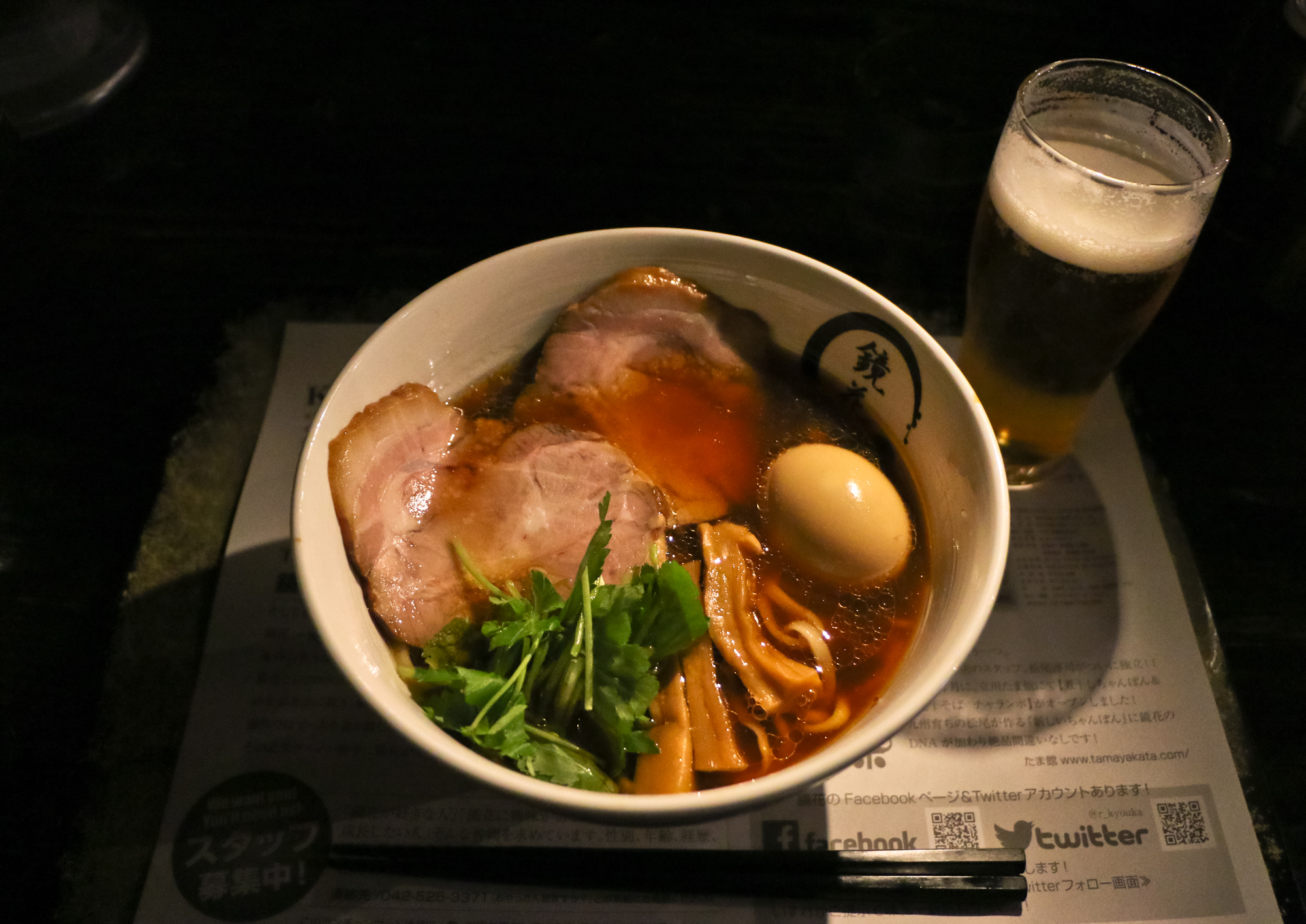This week we submitted Shiba Ramen's architectural plans to the City of Emeryville and the County of Alameda, capping several months of hard work by us, our landlord, and the (surprisingly) large team of designers, architects, and engineers we had to assemble to get this job done. It was a steep learning curve and a fantastic hands-on education in how physical spaces get designed and built.
In the next series of posts, I'll explain the whole process. I'll tell you what all of these consultants do, and what goes into putting a basic restaurant kitchen together. How we made sure we got the right equipment and the right layout for a ramen assembly line. And how we strove not only to make it look great, but to set the tone for the look and feel we want Shiba Ramen to have. All while working within a tight set of landlord guidelines and an even tighter health and building code.
This time, I'll explain how we restaurant-technical no-nothings dove into the project and navigated the unfamiliar waters of putting together a design team.
Coming Soon! Status of our space, May 2015.
Racing in Slow Motion
As soon as Shiba Ramen closed the deal on a lease at the Public Market in Emeryville, CA, the race was on to design our space. It's a race because with a commercial lease, there's usually a grace period before rent obligations kick in. You want to be open for business when that deadline hits, because otherwise you're bleeding scarce operating capital until you do open. At the same time, you can't get too much of a head start, because you might end up investing a lot of time and money into a space only to watch the lease deal fall through. And not only do you have to get the design done, you have to get your plans approved by the city planning department and county health department before you can start building. So it's a race, but one that's drawn out painstakingly over a period of months.
What I truly did not expect when we started was how many stakeholders would be involved in the project. It was not just a matter of hiring an architect or a designer. We had hire four different people doing four different things, just to design the space! Then, because we're part of a larger project with holistic and pre-established design and construction objectives, our landlords and their building and design team are very much part of the process. After the design is done and approved internally, everything goes to two different government agencies (city building and county health departments), at the same time that bids are taken for general contractors to do the buildout work. That's where things stand this week.
Emeryville Public Market. Shiba Ramen, Kiosk 10.
Surviving the Unknown
A central theme of Ramen Chemistry is to explain how we restaurant neophytes make it through big projects that are outside of our comfort zone. These kinds of things can easily overwhelm, so for me it's essential to figure out where to go for information and when I've got enough information to make an educated decision. Things move fast and there are a lot of decisions to make, and it's critical to avoid getting bogged down agonizing about everything that comes up.
So everything is just a question of coming to grips with what has to be done, who has to be hired to do it, and what's reasonable to pay for it. All while being comfortable as the least knowledgeable person in the room (at least at first), and being confident that you're not totally fucking things up! You're the client, the ultimate decision maker, and the lead advocate for the project, so you have to get engaged and adapt to the project as it unfolds. You've got to make sure everyone is coordinated and on time with deliverables.
For a project like this where expensive and technical personal services are involved, I try to find knowledgeable people and ask a lot of questions. I started off with our logo designer, Misa Grannis, who is a soon-to-be-licensed architect. Even though she hadn't done much restaurant work, I assumed she knows the basics about doing building projects, and has a network of resources at her disposal to help figure things out.
Again, the questions are what has to be done, who does it, and how much does it cost? I ask those same questions to everybody I meet along the way to see where opinions differ and where they overlap; doing so really helps to gauge the boundary expectations for the project. And I always try to get personal recommendations (for architects, contractors, whatever). Once I've hired a consultant for one part of the project, I'll often ask them to look over other consultants' proposals and suggest questions for me to ask. And I'll frequently get the different consultants on the phone and make sure everyone is communicating, while listening attentively to what they say to each other.
Kiosk 10. Our first view of the space, back in January 2015.
Kitchen Design, Space Design, Architecture
Misa mined her network and came back with our first surprise: in addition to an architect, we needed a specialist kitchen designer. This is somebody that helps identify all the equipment needed for your restaurant kitchen and designs its layout. Misa found a good contact for us at Myers Restaurant Supply, the firm we ultimately hired to do the kitchen design work and put together our equipment package.
In terms of hiring an architect, we'd wanted Misa to design our space. But when we learned that this particular project requires sign-off by a licensed architect (not every project does), we realized that we either couldn't hire Misa, or we'd need to split the project between Misa and an architect. The problem is that most architects will want to do the space design (the fun part) if they're also doing the technical "construction drawings" that get submitted to the building department. Although it was possible to have Misa do the entire package and get a licensed architect to stamp her drawings, most architects wouldn't want to accept the liability that comes with signing off on someone else's work.
It took some time to settle the architecture situation. It was tough to find an architect with availability and willingness to work on a small and relatively low-dollar-value project like ours, especially if they wouldn't get to claim ownership over the design. And looming in the background, of course, was the ever-present issue of cost. When I finally had bids for various combinations of services, I talked to a friend's architect husband (who was not bidding) just to get a gut check on pricing. This guy runs a small firm in San Francisco and assured me that his usual fee would be well in excess of the bids I had.
In the end, we hired Crome Architecture to do the construction drawings and Misa for the so-called "space design drawings." Crome is the architect on the overall Public Market project, is working with some of the incoming tenants on their design, and was available and willing to do only a portion of the project. Hiring Crome made a lot of sense from an efficiency perspective, and helped balance the inefficiency of hiring a separate space designer: they already have a seat at the table, and probably would have been in charge of reviewing the work of whichever architect we hired for purposes of getting buy-in by the landlord.
Floor Plan. Inside Kiosk 10.
Wait. I Need to Hire Another Consultant?
At this point, I've hired three people: a space designer, an architect, and a kitchen designer. I'm definitely spending more money than I'd (naively) expected when we'd started. But there's more! As I was vetting architects and consultants for the job, and asking lots of questions about the overall process, who does what, and how much it should cost, I kept hearing about some mysterious "MEP consultant."
The MEP is a special type of engineer that does all the detailed mechanical, electrical, and plumbing design, based on plans made by the kitchen designer and architect. Initially I had a hard time figuring out how what the MEP does is different from what the rest of the team was doing. But it seems that having one is absolutely necessary to building something (at least here in Northern California), so I rolled with it.
The scary thing was that I kept hearing how expensive the MEP is, especially relative to how much work they do on the project compared to the other consultants, all of whom definitely spent a lot of time working on their surprisingly detailed and comprehensive submissions. Numbers like $8000 were being bandied about, but I refused to believe it could be that expensive. I couldn't even figure out how the MEP's role was different at this point! How could it possibly be the most expensive line-item in the budget? (Several architects told me that engineers have figured out how to monetize their services in a way that architects haven't.) I ended up getting two bids: one for $6500 and one for $3800. The lower bid was from an MEP that was already doing work at Public Market alongside the architect we'd hired. We went with the lower bidder.
Is Everybody Ready?
So now the full design team is in place. Kitchen design, space design, architect, MEP. Total bill just north of $20,000.00 (I had hoped for $10K). We're ready to design an awesome restaurant space.
Next time: how we designed the kitchen.
































